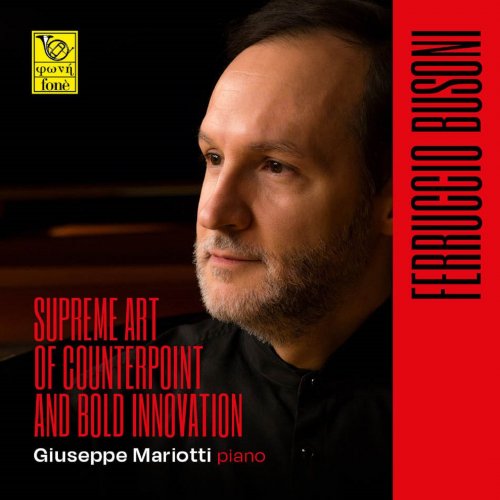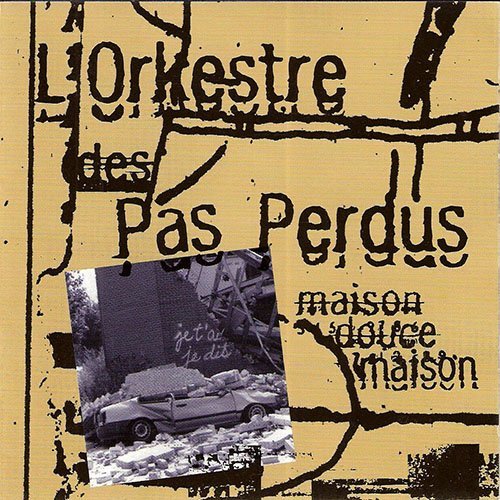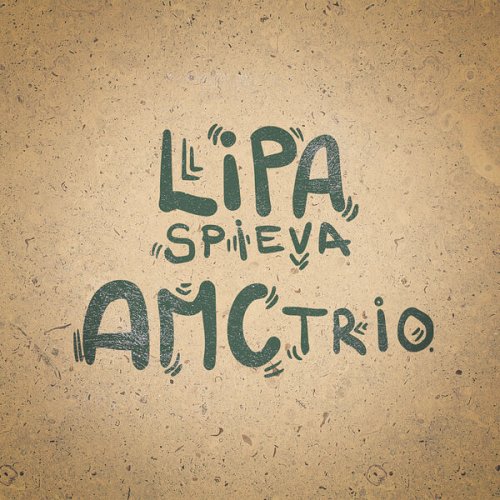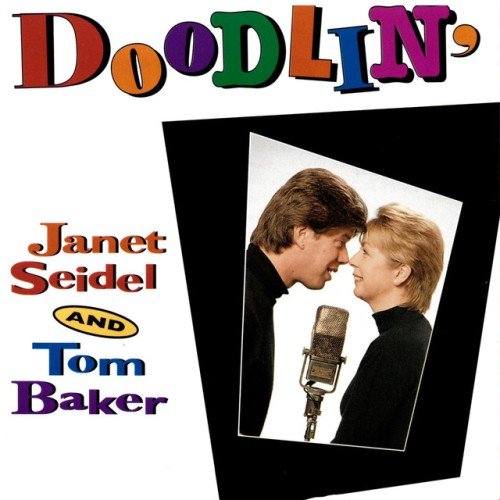Giuseppe Mariotti - Ferruccio busoni (Supreme art of counterpoint and bold innovation) (1995) [DSD & Hi-Res]

Artist: Giuseppe Mariotti
Title: Ferruccio busoni (Supreme art of counterpoint and bold innovation)
Year Of Release: 1995
Label: Fonè Records
Genre: Classical Piano
Quality: flac lossless (tracks) / flac 24bits - 96.0kHz / DSD64 +booklet
Total Time: 01:08:06
Total Size: 239 mb / 1.15 / 2.68 gb
WebSite: Album Preview
TracklistTitle: Ferruccio busoni (Supreme art of counterpoint and bold innovation)
Year Of Release: 1995
Label: Fonè Records
Genre: Classical Piano
Quality: flac lossless (tracks) / flac 24bits - 96.0kHz / DSD64 +booklet
Total Time: 01:08:06
Total Size: 239 mb / 1.15 / 2.68 gb
WebSite: Album Preview
01. Macchiette Medioevali, Op. 33, BV 194: I. Dama
02. Macchiette Medioevali, Op.33, BV 194: II. Cavaliere
03. Macchiette Medioevali, Op.33, BV 194: III. Paggio
04. Macchiette Medioevali, Op.33, BV 194: IV. Guerriero
05. Macchiette Medioevali, Op.33, BV 194: V. Astrologo
06. Macchiette Medioevali, Op.33, BV 194: VI. Trovatore
07. Fantasia contrappuntistica, BV 256
08. Zehn Variationen über ein Präludium von Chopin, Op.22, BV 213a "(2. Version)"
Ferruccio Busoni stands as a towering figure in the musical landscape of the turn of the century. His unbridled activity as a man and musician shaped his entire life, and his universal genius allowed him to reach absolute and, unfortunately often misunderstood, artistic heights. His impressive virtuosity never seemed imposing, and his avant-garde and highly original musical vision became legendary. Beloved by audiences since his youth, he often baffled critics. His later compositions in particular rank among the most important and brilliant of his time: his works for piano and especially those for orchestra and opera influenced an entire generation of musicians. He vehemently advocated for the performance and publication of works and critical essays of then-contemporary music. Arnold Schoenberg, for example, who succeeded him as teacher of the composition class at the Berlin Academy of Music, found great support in his work through Busoni. Busoni's literary education and keen intellect allowed him to write the text of his operas himself, to correspond with the greatest figures of his time, and to publish some essential works, of which the most significant is the Entwurf einer neuen Ästhetik der Tonkunst (Sketch of a New Aesthetic of Music) (1907), in which he describes pioneering intuitions, such as the dodecaphonic system, microtonality, and new notation systems, and even makes predictions about electronic music. He was the inspirer of a new piano construction, namely the Imperial model of the Viennese piano manufacturer Bösendorfer, which was also used for this recording.


![Lophae - Fry Before You Buy (2026) [Hi-Res] Lophae - Fry Before You Buy (2026) [Hi-Res]](https://img.israbox.com/img/2026-01/08/mfhj4tpc29y1myjoaxltfnrfz.jpg)




![Kate Kortum - Wild Woman Tells All (2026) [Hi-Res] Kate Kortum - Wild Woman Tells All (2026) [Hi-Res]](https://www.dibpic.com/uploads/posts/2026-01/1767862862_ajiixgeb8lsxc_600.jpg)
